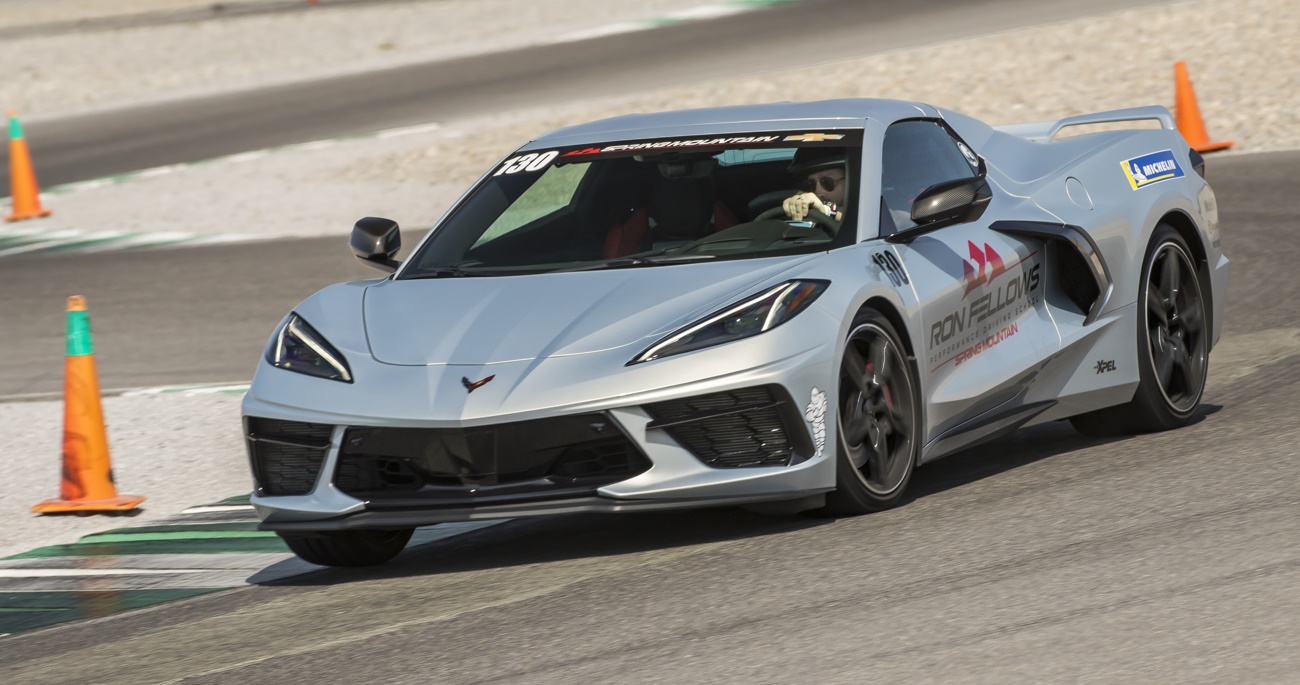TGR Staff - 03/12/2024
Racing lines are an essential aspect of automotive racing. A racing line is the path a driver takes through a corner or a series of corners. The objective of a racing line is to allow the driver to carry as much speed as possible through the corner while maintaining control of the car.
Racing lines are crucial for a few reasons. First, they allow the driver to carry more speed through a corner. This is because a driver who takes the correct line will have a more significant radius through the corner, reducing the amount of lateral g-forces acting on the car. This, in turn, allows the car to go faster without losing grip.
Second, racing lines allow the driver to maintain control of the car through the corner. By taking the correct line, the driver can place the car in the optimal position for the next corner. This means that the driver can be more aggressive with the throttle and brakes, knowing that the car is in the right position.
Finally, racing lines are essential because they allow the driver to conserve momentum. By taking a smooth and efficient line through a corner, the driver can maintain a high speed and carry that speed into the next straightaway. This can make a significant difference in lap times, particularly on longer tracks.
The Racing Line
The racing line is the path that a driver takes through a corner or a series of corners. The ideal racing line will depend on a few factors, including the corner's shape, the car's handling characteristics, and the driver's style.
The ideal racing line for a corner allows the driver to carry the most speed through the corner while maintaining control of the car. To achieve this, the driver will typically start the turn on the outside of the track, move towards the inside of the track, and then exit the corner on the outside again.
The Entry Phase
The entry phase is the first part of the corner, where the driver prepares the car for the turn. The driver will typically start on the outside of the track and move towards the inside of the turn. The objective of the entry phase is to position the car correctly for the corner and to scrub off speed efficiently.
To achieve the correct position, the driver will typically brake hard as they approach the corner. This will transfer the weight of the car to the front wheels, allowing the driver to turn in more quickly. The driver will typically turn in towards the apex of the corner, which is the point where the car is closest to the inside of the turn.
The Apex
The apex of a corner is the point where the car is closest to the inside of the turn. The objective of the apex is to position the car correctly for the exit phase of the corner. To achieve this, the driver will typically aim for a late apex.
A late apex is when the driver turns into the corner later than usual, allowing them to carry more speed through the corner. This is because the later apex allows the driver to take a wider line through the corner, reducing the lateral g-forces acting on the car.
The Exit Phase
The exit phase is the final part of the corner, where the driver accelerates out of the turn. The objective of the exit phase is to position the car correctly for the next turn or straightaway. To achieve this, the driver will typically accelerate hard out of the corner, using all the available grip.
The driver will typically exit the corner on the outside of the track, allowing them to carry maximum speed into the next straightaway. This is because the outside of the track is typically the smoothest part of the track, with the least amount of bumps and undulations.
If you really want to learn about racing lines, you should sign up for a racing school, we have a great list of schools and driving experiences where you can learn about racing lines in the classroom before trying it on the track. By taking the correct line through a corner, a driver can carry more speed, maintain control of the car, and conserve momentum. The ideal racing line will depend on a few factors, including the corner's shape, the car's handling characteristics, and the driver's style. By understanding how racing lines work, you can become a better driver and improve your lap times.


.jpg)





_websize.jpg)









